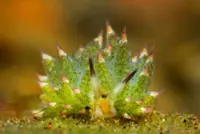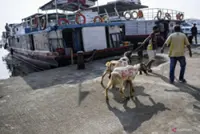All animals are special, but the sea turtle is the only species in the world that connects the open ocean and land. Photo: 123rf.com
A large green sea turtle wallows listlessly in a tiled pool, missing a fin that had to be amputated after it got snared in a fishing net off the Indonesian island of Bali.
Despite the creature’s forlorn appearance, it is one of the lucky ones and is expected to recover before being returned to the sea – and the multiple dangers that await it there.
Already a subscriber? Log in
Save 30% OFF The Star Digital Access
Cancel anytime. Ad-free. Unlimited access with perks.





